Fuels containing in vehicles on entry and exit: Issues raised in the management of Customs agencies
 |
| Authorities use specialized equipment to board ships to inspect and monitor goods on TNTX vehicles at offshore oil and gas ports in Ba Ria - Vung Tau province. Photo: Ba Ria - Vung Tau Customs |
From the realities…
The Vietnam Customs has advised the higher authority to issue normative legal documents and administrative business documents related to the management of fuel on temporary import and re-export (TIE) means of transport when there is an exit and entry (E&E) activity. In addition, through partners, international customs organizations, and agencies, the Vietnam Customs has connected and organized many training programs and specialized equipment procurement projects to improve the efficiency of customs control.
In particular, in 2019, Ba Ria - Vung Tau Customs Department researched and applied the "Ship risk" vehicle warning system at Vung Tau Port. The use of this software has significantly improved the inspection, monitoring, and control of all means of transport with E&E activities in the area.
It is forecasted that in the coming years, the number of TIE means of transport carrying out projects will increase sharply. However, the current management of fuel on means of transport in Vietnam still has many shortcomings, creating difficulties for customs management. In particular, the management of fuel on TIE means of transport is only regulated at the level of circulars issued by the Ministry of Finance and is guided in scattered administrative business documents, while there are no specific regulations for TIE means of transport. This has somewhat affected the coordination of tasks between customs agencies and functional forces in the management area such as Border Guard, Coast Guard...
In addition, the lack of management procedures is also a loophole for some subjects to take advantage of transporting and illegally trading fuel without having to pay any taxes.
Statistics in 2022 and the first 4 months of 2023 show that customs agencies have seized 16 cases, confiscated over 740,000 liters of FO, 417,000 liters of gasoline, and 76,000 liters of diesel with a value of over VND26 billion. From the arrests, it can be seen that fuel smugglers use many sophisticated methods and new tricks such as taking advantage of the supply of fuel to ships or TIE activities to illegally transfer fuel and then smuggle it into the domestic market.
The reason for the illegal trade and transportation of fuel is due to the difference in supply and selling prices in different regions and countries. Petroleum is a commodity subject to many types of taxes and fees, with a proportion of up to 32% of the retail price of petroleum, which has led some subjects to take advantage of the TIE form (due to preferential policies) to evade state tax obligations.
In reality, Ba Ria - Vung Tau Customs has found that the management of the amount of fuel on TIE means of transport when there is an E&E activity is currently being carried out like other normal TIE means of transport; in addition to receiving information declared by enterprises on the system, the customs agency carries out inspection and verification to determine the validity between the declarations and documents submitted by enterprises (if any) and carries out customs clearance for the means of transport with E&E.
However, the customs agency only carries out customs control and cannot seal customs or monitor the operation of the vehicle. Therefore, there have been cases where it is difficult to determine the type of fuel re-exported on TIE means of transport when there is an E&E.
Remarkably, there are many cases at land border gates where means of transport have been reinforced with additional tanks to store fuel, while the law does not yet stipulate additional measures or penalties for reinforcement for the purpose of smuggling, and the level of penalties is still not severe... Or in normative legal documents, there are many overlapping points that cause difficulties and inadequacies in the implementation process. Specifically, the coordination between customs agencies and the Coast Guard is still limited in carrying out the task of combating smuggling and illegal transportation of goods in general and petroleum in particular.
… to the solutions
To enhance the effectiveness of managing fuel on temporary import and export (TIE) means of transport when there is an exit and entry (E&E) activity, the research team from Ba Ria - Vung Tau Customs Department boldly proposes that the competent authority assess the existing limitations and from there, advise on solutions to improve the institutional management of this type; focus on improving legal regulations and business procedures in a unified, detailed, specific, and clear manner to achieve effective task implementation.
At the same time, build a suitable organizational model, enhance the capacity of civil servants by developing management and control training materials, and provide appropriate warnings to increase the effectiveness of combating fraud and revenue loss. Agencies and departments coordinate synchronously and uniformly in managing TIE means of transport when there is an E&E activity; link, update, export, share, and look up information to ensure accuracy, completeness, transparency, and efficiency.
Strengthen the collection of information, on-site inspection, verification, and close monitoring of the enterprise's procedures; apply risk management to control violations through investigation, situational awareness, patrolling, and control in border areas; post-clearance audit and inspection; coordinate, exchange, and share information among functional forces and local border authorities; propose and advise the Government to direct the clear delineation of functions, tasks, and powers in handling violations, avoiding overlaps leading to reduced effectiveness.
At the same time, focus on investing in and modernizing technical equipment, support tools, infrastructure, information technology, integrating goods import and export information systems, means of transport with E&E, and other customs business data systems, overcoming congestion, errors, ensuring smooth online data transmission and processing; invest in and arrange specialized technical equipment, support tools such as electronic seals, positioning seals, electronic pumps, electronic measuring equipment... suitable for the actual situation.
Research and upgrade the Vehicle Management System in the direction of facilitating the inspection and cross-checking of information, dossiers, and procedures; build and complete systems to integrate the Vehicle Management System of the Ministry of Transport with the National Single Window System to share data with relevant government agencies. In particular, prioritize solutions to improve human resources, training, and in-depth professional development in accordance with the target of using capacity.
Related News
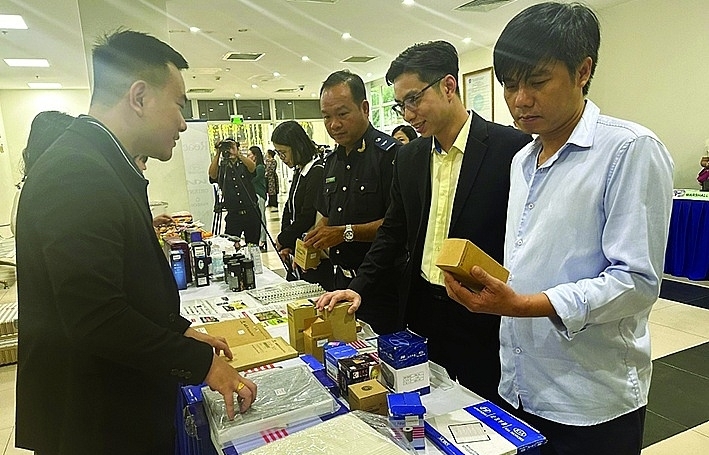
Concerns over counterfeit goods in e-commerce and express delivery
10:00 | 17/12/2024 Anti-Smuggling
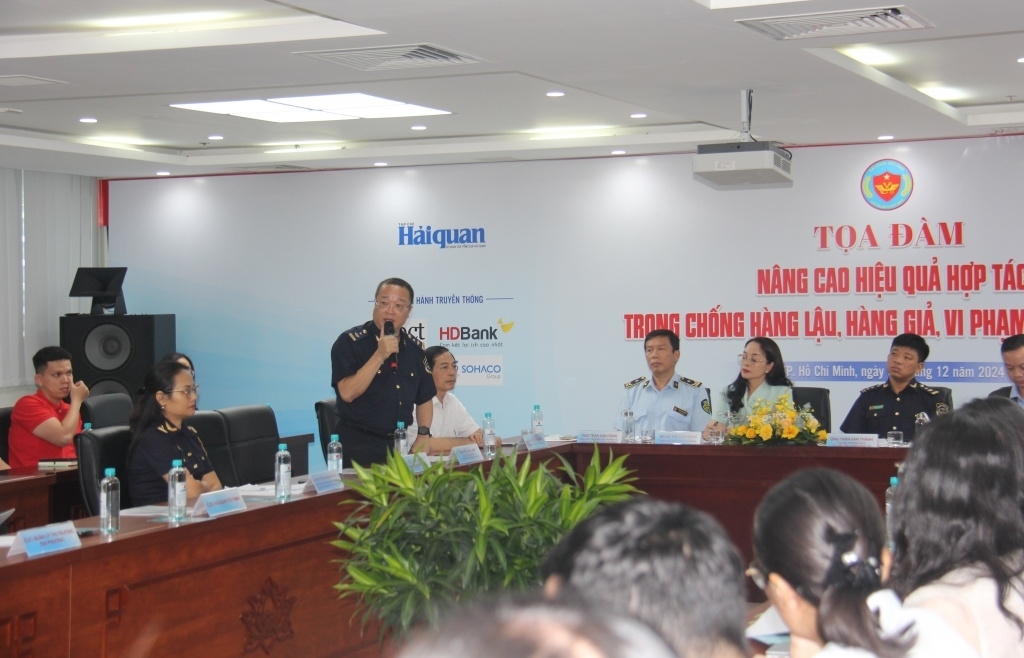
Challenges in preventing counterfeit goods and intellectual property violations in e-commerce
14:44 | 11/12/2024 Anti-Smuggling

Electronics industry overcomes challenges to penetrate deep into global supply chain
19:38 | 16/11/2024 Import-Export

Vietnamese businesses in the face of the wave of international e-commerce platforms: Benefits and challenges
10:05 | 14/11/2024 Headlines
Latest News
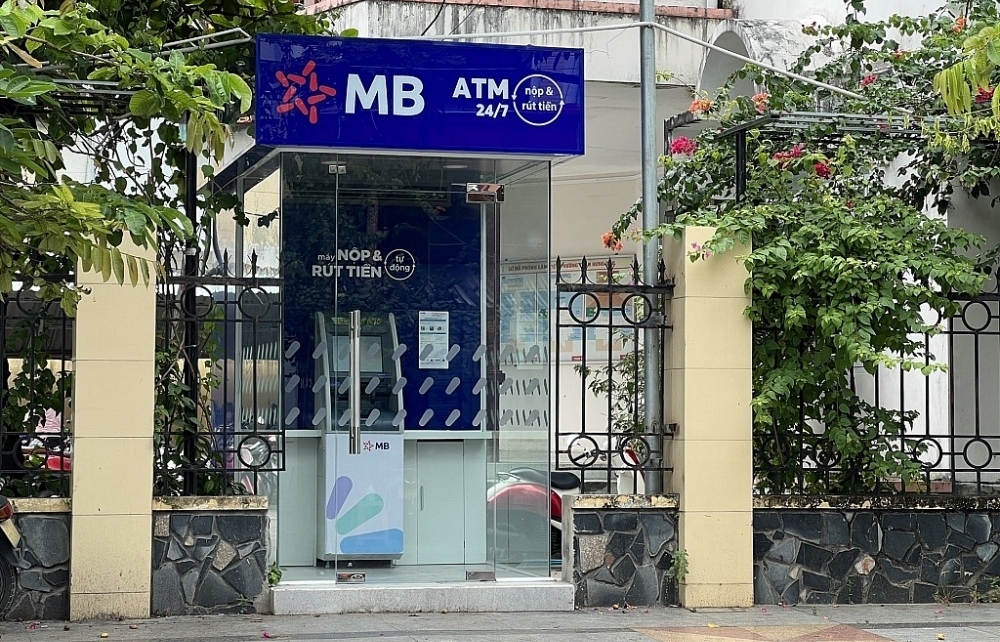
New regulations on procurement, exploitation, and leasing of public assets
09:17 | 15/12/2024 Regulations

Actively listening to the voice of the business community
09:39 | 12/12/2024 Customs
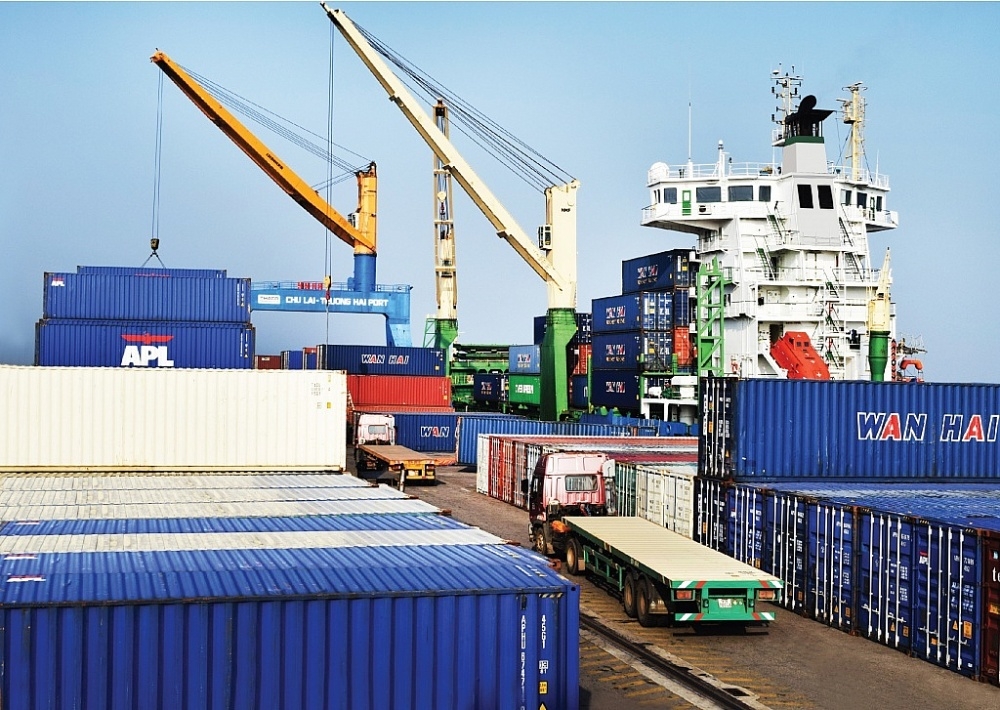
Step up negotiations on customs commitments within the FTA framework
09:44 | 08/12/2024 Regulations
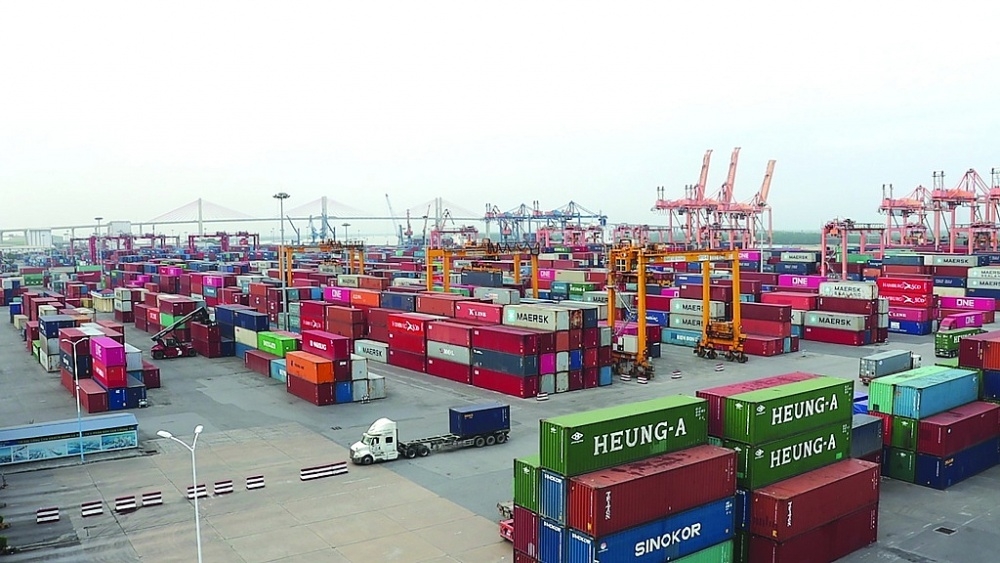
Proposal to amend regulations on goods circulation
13:45 | 06/12/2024 Regulations
More News
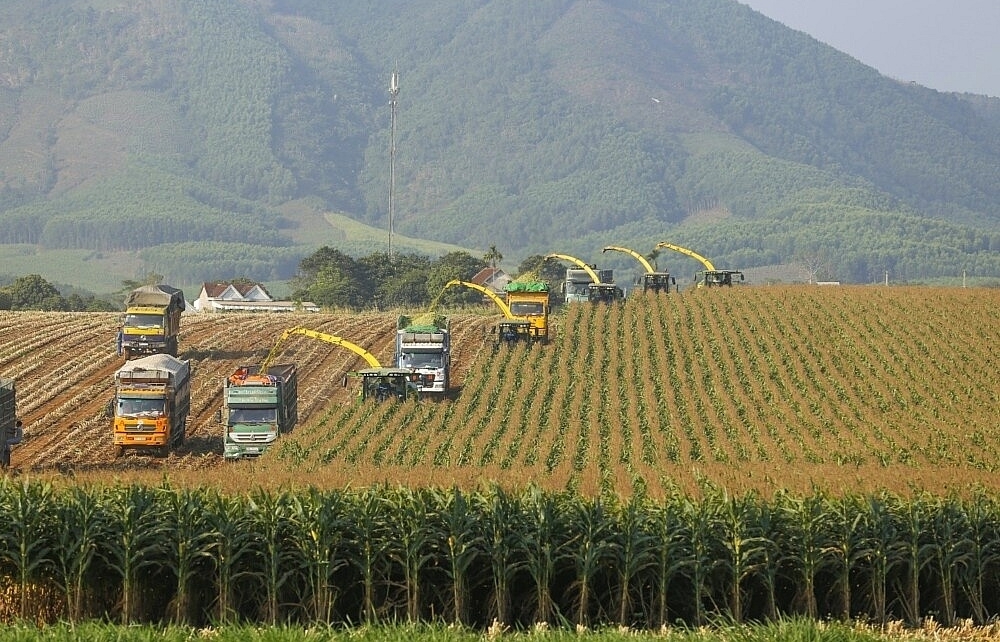
Review of VAT exemptions for imported machinery and equipment
10:31 | 05/12/2024 Regulations
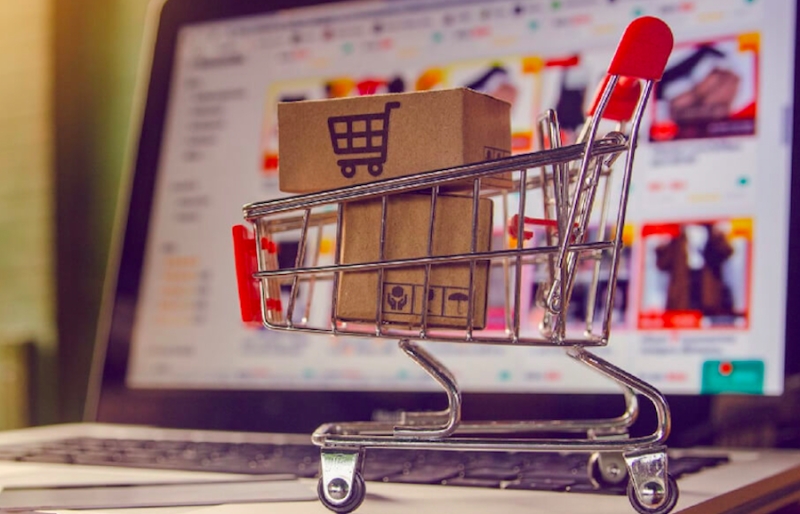
Customs tightens oversight on e-commerce imports
13:39 | 04/12/2024 Regulations
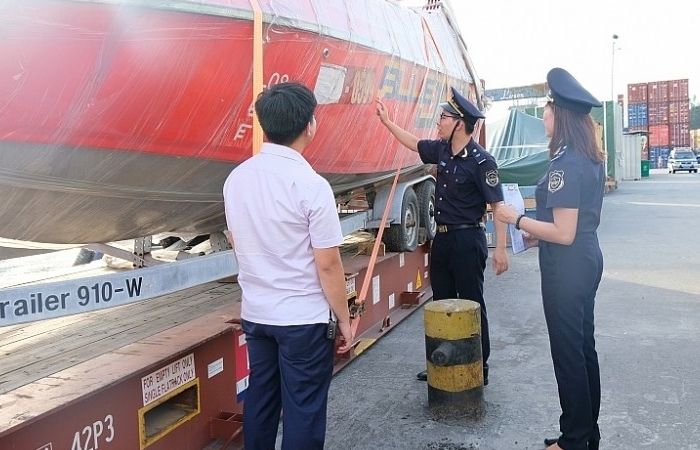
Bringing practical experience into customs management policy
13:48 | 03/12/2024 Regulations

Businesses anticipate new policies on customs procedures and supervision
15:41 | 29/11/2024 Regulations

Do exported foods need iodine supplementation?
11:06 | 29/11/2024 Regulations
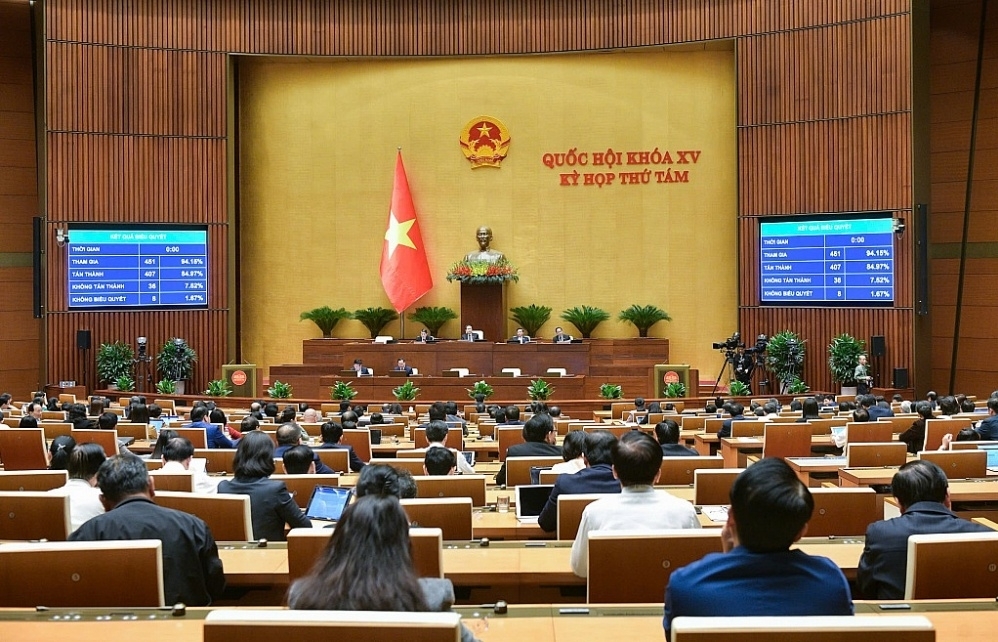
Amendments to the Value-Added Tax Law passed: Fertilizers to be taxed at 5%
13:43 | 28/11/2024 Regulations

Proposal to change the application time of new regulations on construction materials import
08:52 | 26/11/2024 Regulations

Ministry of Finance proposed to reduce VAT by 2% in the first 6 months of 2025
09:00 | 24/11/2024 Regulations

Hanoi Customs resolves tax policy queries for enterprises
09:26 | 22/11/2024 Regulations
Your care

New regulations on procurement, exploitation, and leasing of public assets
09:17 | 15/12/2024 Regulations

Actively listening to the voice of the business community
09:39 | 12/12/2024 Customs

Step up negotiations on customs commitments within the FTA framework
09:44 | 08/12/2024 Regulations

Proposal to amend regulations on goods circulation
13:45 | 06/12/2024 Regulations

Review of VAT exemptions for imported machinery and equipment
10:31 | 05/12/2024 Regulations
